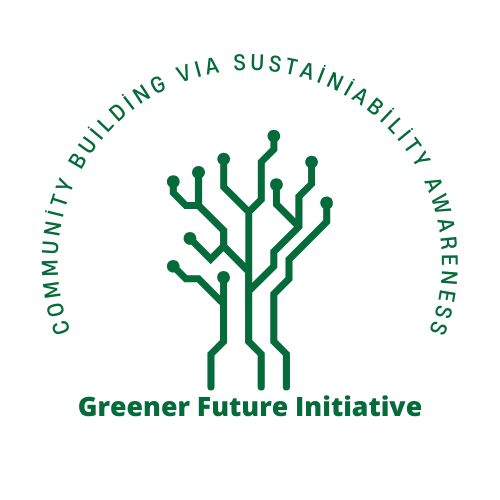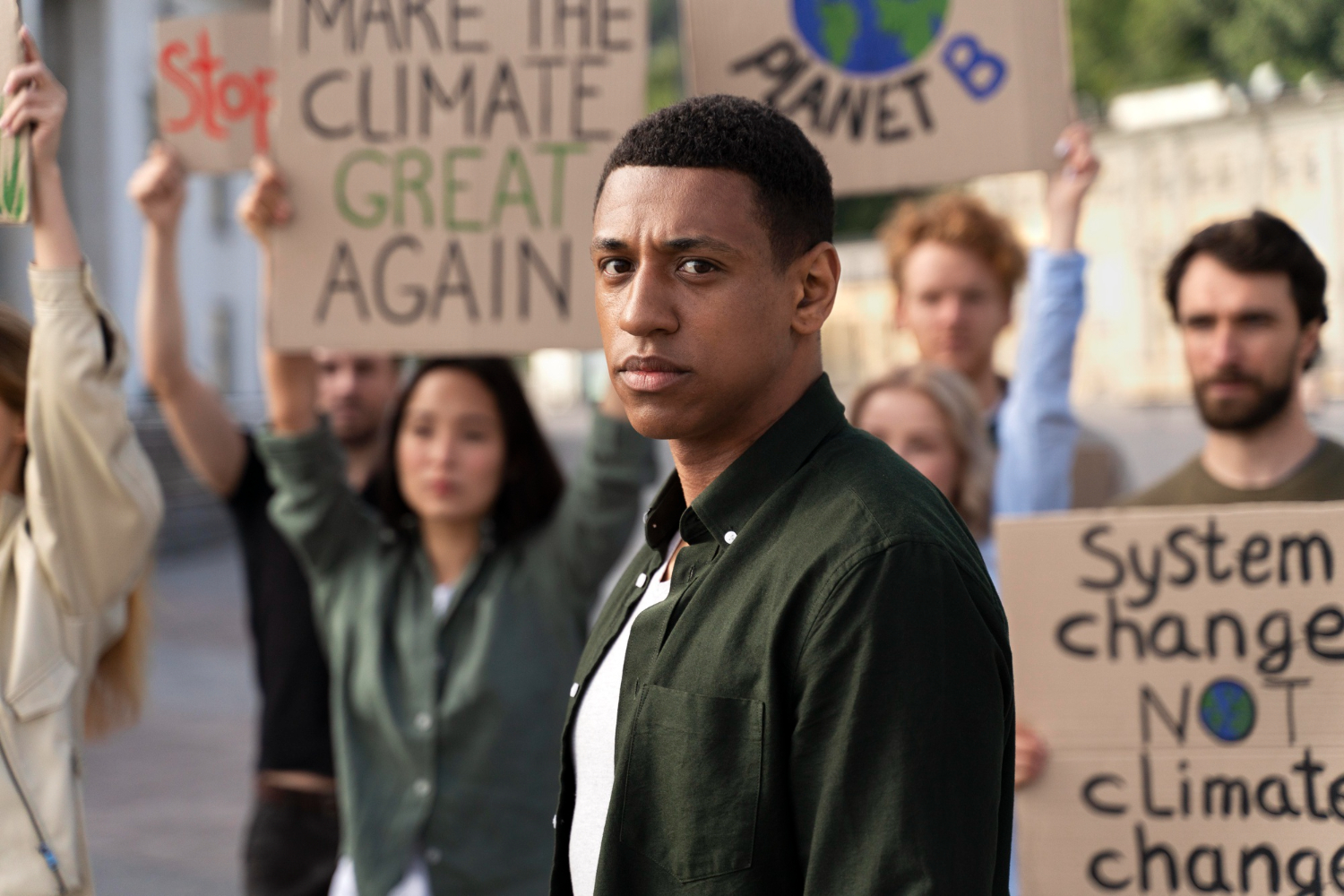Environmental disasters are events that cause significant harm to the natural world, ecosystems, and communities. From extreme weather events to industrial spills, these disasters can devastate regions and put lives at risk. However, the effects of such disasters are not always distributed equally.
Communities often suffer disproportionately based on their socioeconomic status, race, and geography. This brings us to the concept of environmental justice, which seeks to address these inequalities.
We’ll explore environmental disasters in different regions around the world and examine how environmental justice plays a crucial role in mitigating these crises and ensuring that all communities have access to a healthy environment.
Environmental Disasters: A Global Snapshot
Environmental disasters can take many forms, and their impacts can vary greatly depending on where they occur. These disasters often have long-lasting effects on the environment, economy, and the health of affected communities. Here’s a look at some of the major environmental disasters in different regions:
1. Hurricanes and Typhoons: The Caribbean and Southeast Asia
The Caribbean and Southeast Asia are both prone to powerful hurricanes and typhoons. These storms are becoming more frequent and intense due to climate change.
Hurricane Maria in 2017 devastated Puerto Rico, leaving millions without power, clean water, and basic resources. Entire neighborhoods were destroyed, and the recovery process took years. The people of Puerto Rico, many of whom were already facing financial hardship, were disproportionately affected by the storm. The slow response by federal agencies and the lack of infrastructure exacerbated the suffering.
Similarly, Typhoon Haiyan struck the Philippines in 2013, causing widespread destruction. Over 6,000 people lost their lives, and millions were displaced. The poorest communities were the most vulnerable, as they lacked the resources to rebuild or escape the storm’s wrath.
2. Wildfires: Australia and California
Both Australia and California are no strangers to devastating wildfires. In 2019-2020, Australia faced one of its worst wildfire seasons on record, burning over 46 million acres of land. The fires caused extensive damage to homes, wildlife, and air quality. Indigenous communities in Australia, who have historically been stewards of the land, were particularly affected as they were already dealing with the loss of traditional knowledge and resources.
California’s wildfires, including the Camp Fire in 2018, have also left deep scars. Wildfires are becoming more frequent, and climate change is contributing to longer, drier seasons, making the situation worse. Low-income and minority communities often live in areas most at risk, increasing their vulnerability.
3. Oil Spills: The Gulf of Mexico
Oil spills are one of the most devastating types of industrial disasters. The Deepwater Horizon oil spill in 2010, which occurred in the Gulf of Mexico, is one of the largest environmental disasters in history. Millions of barrels of oil were released into the ocean, causing immense damage to marine life, local economies, and communities dependent on fishing and tourism.
While the disaster affected a wide range of people, the most severe impact was felt by low-income and minority communities along the Gulf Coast. Many of these communities were already dealing with poor health outcomes, and the oil spill further compounded their challenges.
4. Drought and Desertification: Sub-Saharan Africa
In Sub-Saharan Africa, drought and desertification are becoming increasingly severe problems. Areas like the Sahel region face recurring droughts that lead to food and water scarcity. Communities that depend on agriculture for their livelihoods are hit hardest, as crops fail and water sources dry up.
Droughts in countries like Somalia and Ethiopia have caused millions of people to suffer from hunger and malnutrition. These regions are often among the poorest in the world, and the lack of resources to adapt to climate change further deepens the crisis. People in these areas are not only facing environmental disaster but also the social and economic consequences of it.
The Role of Environmental Justice
Environmental justice is a concept that seeks to ensure that all people, regardless of their race, income, or nationality, have equal access to a healthy environment. This includes protection from environmental hazards, access to clean air and water, and the right to live in a safe and sustainable community.
Environmental justice also addresses the need for equal representation and participation in decision-making processes related to environmental policies.
Here’s how environmental justice comes into play in the face of these environmental disasters:
1. Equitable Disaster Response
When disasters strike, the ability to respond effectively can make a world of difference. However, communities that are already marginalized or economically disadvantaged often face delayed or inadequate disaster response. In the aftermath of Hurricane Katrina (2005), for example, low-income Black communities in New Orleans suffered disproportionately from poor evacuation planning, limited access to emergency services, and a slow federal response.
Environmental justice advocates for faster, more equitable disaster response. This includes ensuring that marginalized communities receive the same level of attention and resources as wealthier areas. It also calls for rebuilding efforts to be sustainable, with a focus on community-led recovery.
2. Climate Change Adaptation and Mitigation
As climate change worsens, environmental disasters like hurricanes, wildfires, and droughts are becoming more frequent and severe. Most vulnerable communities often have the fewest resources to adapt to these changes. Environmental justice seeks to address this by advocating for climate policies that prioritize vulnerable communities.
In the case of wildfires in California, environmental justice calls for stronger regulations around housing construction in high-risk areas. It also promotes the idea of integrating climate resilience measures, such as better firefighting infrastructure and improved community planning, in ways that benefit marginalized groups.
3. Public Health and Environmental Protection
Environmental disasters have significant public health implications. Pollution from oil spills, toxic chemicals from industrial accidents, and airborne toxins from wildfires all pose serious health risks. These risks are often more severe for marginalized communities, who may have higher rates of pre-existing health conditions and less access to healthcare.
Environmental justice advocates for stronger regulations to prevent pollution and protect public health. In addition, it calls for greater community involvement in decision-making processes related to environmental hazards. This ensures that the voices of those most affected by environmental injustices are heard.
4. Advocating for Indigenous Rights
Indigenous communities around the world are often the most affected by environmental degradation. They have deep connections to the land, and many rely on it for their livelihoods. In countries like Australia, Indigenous communities have been fighting for their rights to protect land and resources from exploitation. Environmental justice works to amplify these voices, ensuring that Indigenous people are consulted and involved in the decision-making processes that impact their land and lives.
In the case of oil spills in the Gulf of Mexico, Indigenous communities who rely on fishing and coastal ecosystems have been disproportionately impacted. Environmental justice efforts here include securing compensation and resources for rebuilding, as well as advocating for stricter regulations on oil companies to prevent future disasters.
5. Advancing Policy and Legal Reforms
One of the key components of environmental justice is pushing for legal and policy reforms that protect vulnerable communities. In many parts of the world, environmental regulations are either lacking or poorly enforced, allowing corporations to exploit resources without regard for the well-being of local populations.
Environmental justice groups work to hold governments and corporations accountable for the damage they cause. They also push for laws that protect the rights of affected communities, including the right to a clean environment and the right to fair compensation.
Conclusion
Environmental disasters are a growing concern in regions across the globe. Whether it’s hurricanes, wildfires, oil spills, or drought, the consequences of these disasters are often felt most acutely by marginalized and vulnerable communities. Environmental justice is key to addressing these disparities and ensuring that everyone has the right to live in a safe and healthy environment.
As the world faces the challenges of climate change and environmental degradation, we must prioritize environmental justice in our responses to disasters. This means providing equitable disaster relief, protecting vulnerable communities, and ensuring that all people have a voice in decisions that affect their environment.
We can build a more sustainable and equitable world for future generations.

